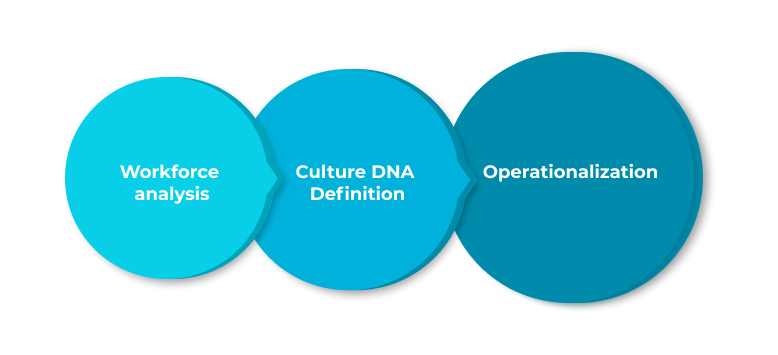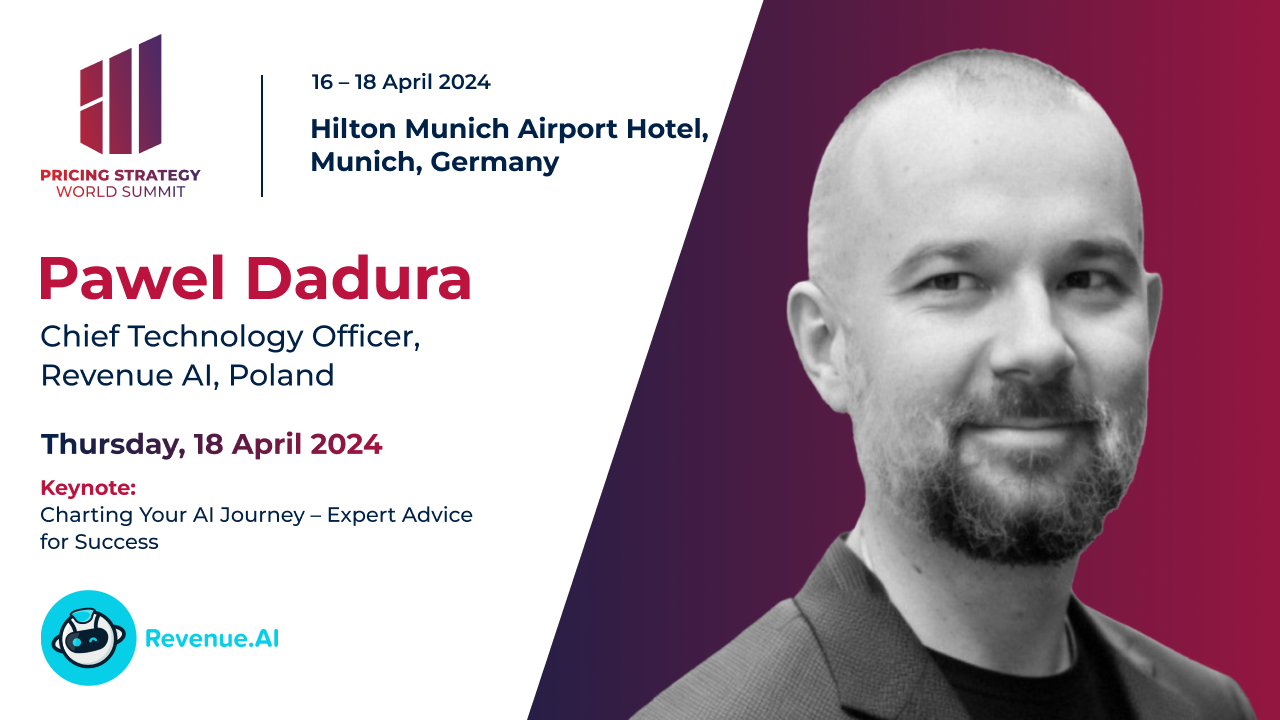For any transformation initiative to be successful, culture change on an organizational level is one of the key factors that must be present. Even so, despite the growing popularity of agile business transformations, AI augmentation projects, and other similar initiatives, the reality is that most efforts fail.
Evidence from different workplaces undergoing transformation shows that up to 75 percent fell short of their targets and only 25 percent were able to capture short-term and long-term performance gains compared with their sector’s average.
Why? Because innovation equals disruption, and the old culture that once made the organization great will hold on for dear life and resist any attempts at change.
What needs to be understood is that a new culture can only be anchored if we nurture an environment that supports new behaviors and values – ones that can act as a catalyst to disrupt and transform the company culture while simultaneously establishing a change-is-the-new-normal approach.
This all starts with the way we lead the organization and subsequently, the way we plan our initiatives. Once we have made sure that leadership behaviors are aligned with the operational business strategy, then we will start observing emerging patterns in the newly formed culture. This in turn will lead to an organization that:
- can implement emerging, successive business strategies and is strengthened by them.
- has an enhanced ability to move faster in response to change and challenge.
- generates new, stronger core organizational capabilities.
- improves the ability to create shared direction, alignment, and commitment throughout the organization.
- promotes growth of not only individual capabilities but waves of individuals all growing capabilities in a leadership collective.
And crucially:
- turns into a rehumanized workplace, balancing technical and operational expertise with beliefs and experience.
Thinking differently and thinking big are the non-negotiable prerequisites to enable any organization to keep pace with newly formed realities, mindsets, behaviors, and habits. But developing a new mindset is much harder than managing spreadsheets or even the next organizational restructuring. After all, if this work was easy, everyone would be doing it and doing it well.
Leadership must have a passionate and diligent focus on measuring every aspect and, most importantly, on measuring the strength and vibrancy of the current culture – this is what will ultimately have a big say in the organization’s overall readiness to transform (which, incidentally, also must be measured).
First steps to enabling a requisite culture shift on the road to agile methodology implementation
Culture counts in all organizational transformations, but it becomes a critical issue in agile transformations. Organizations can ‘adopt’ agile methodologies by changing their structure, processes, and technology. But they will not reach a sustainable business value delivery pace without changing the way people think, work and act.
How can we take the first steps in enabling and measuring positive culture transformation? By reflecting on the following points:

How can we take the first steps in enabling and measuring positive culture transformation? By reflecting on the following points:
Workforce analysis – Do we know the kind of attributes our leaders have? Are we actively measuring the individual capabilities of our leaders, future leaders, and individual contributors regarding their commitment to our values, vision, and mission? And how in tune are they with the vision of the organization we must all create?
Cultural DNA – Are we defining the strength and vibrancy of our culture and how we measure up to it? Are we consciously engaging our people, customers, suppliers and competitors and gathering feedback on it?
Operationalization – Have we established the right operational metrics? Are we acting upon feedback?
Remember, transforming culture is the real work that leadership should focus on; the culture you create and reinforce will determine your operational success.
Measure if your transform and transform if you measure
Don’t forget that the real value of a metric is directly proportional to its ability to influence decision making. Make sure your metrics are:
- Clearly defined and mapped according to a strategic objective.
- Working as a lead indicator for a specific audience.
- Stated in a way that’s understandable for all stakeholders (technical and non-technical).
- Outcome driven.
When talking about measuring the progress of digital transformations in particular, Paul Proctor (VP Analyst at Gartner), elaborates that there needs to be a shift in the kind of metrics used, from ones measuring operational efficiency to ones that will pique the interest of executive decision makers.
“When a metric has business context, it is much more interesting to the intended audience — and more effective,” states Proctor. “Good digital transformation metrics aren’t rocket science, but many organizations struggle because they are all over the map. If you want to find out what is important to the executive team or board, you have to ask them.”
Measuring the progress of digital transformations is important, however acting on the measured outcomes and reinforcing cultural change is a mean to ensure change is sustainable. Leveraging AI driven tools to reinforce and drive culture ‘stickiness’ is something what our clients recognize as unique elements that helped them rapidly accelerate the pace of change.
If you’d like to enable your organization, RAI has all the elements you need. Check out what we have to offer here for more information!






